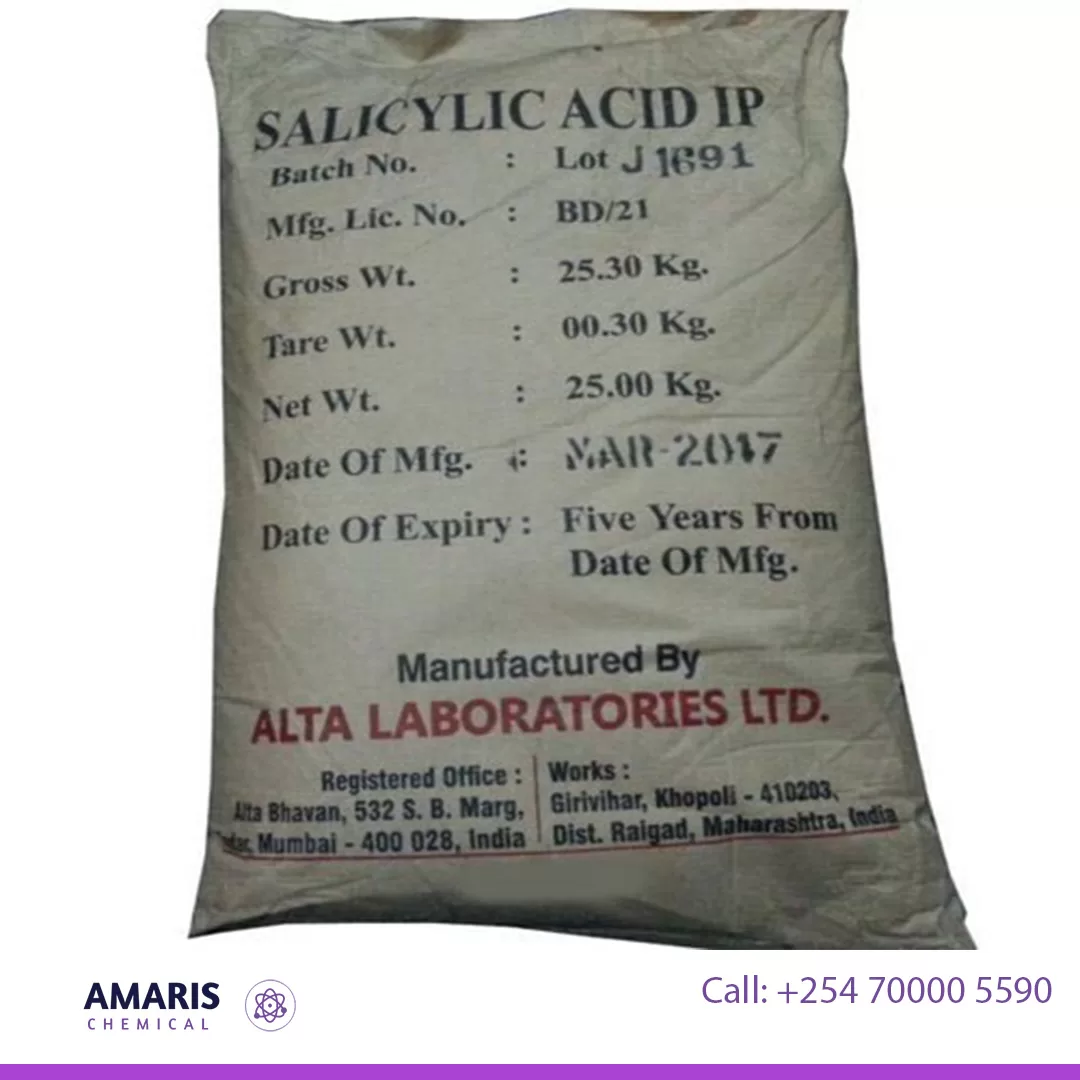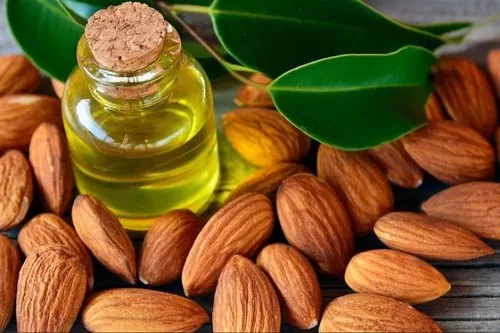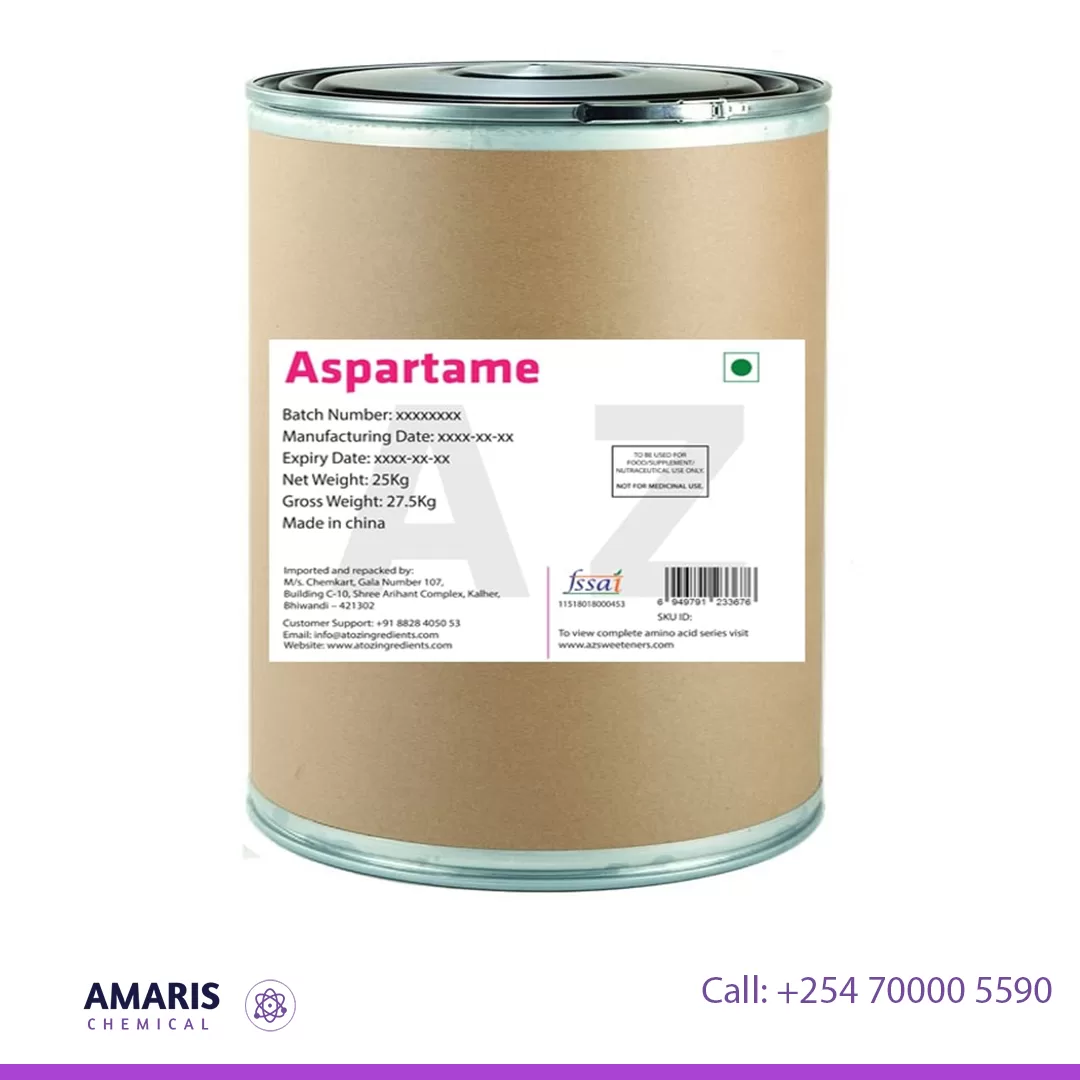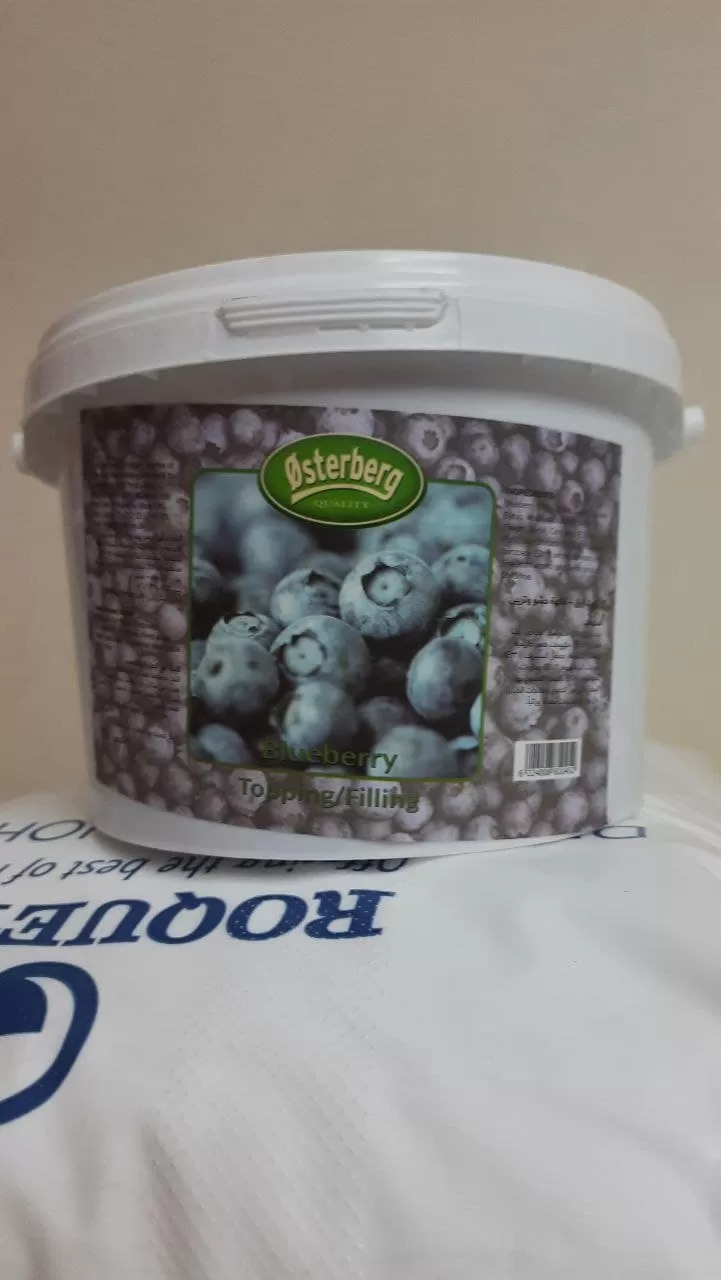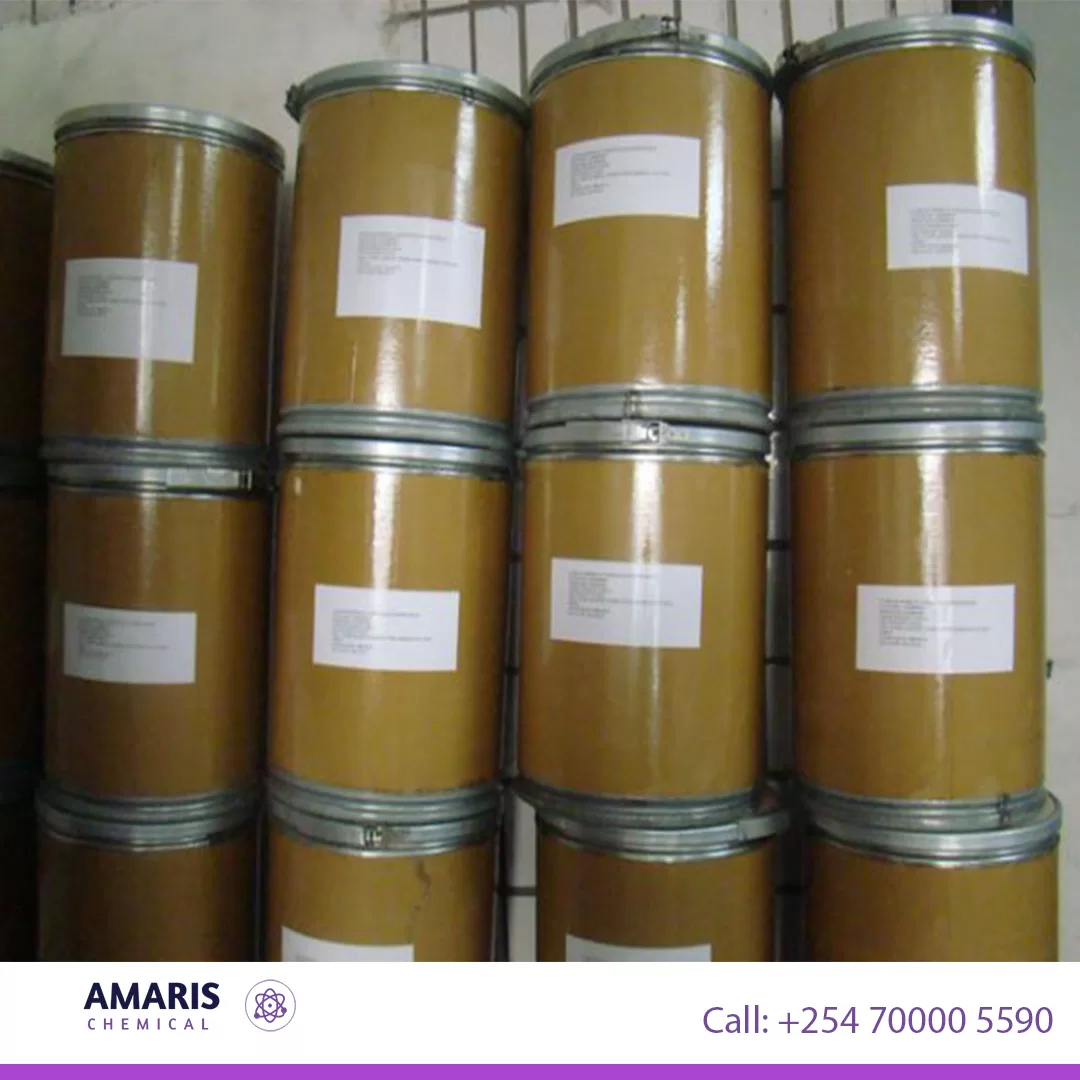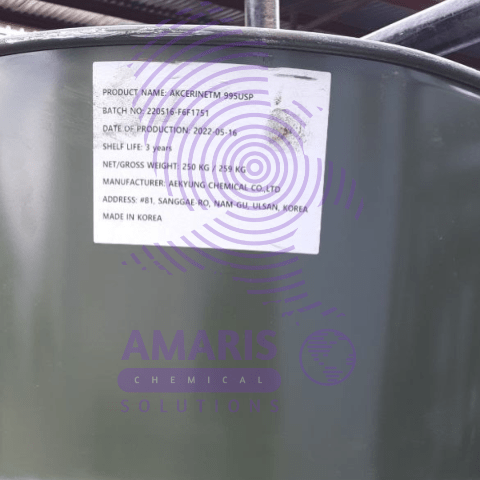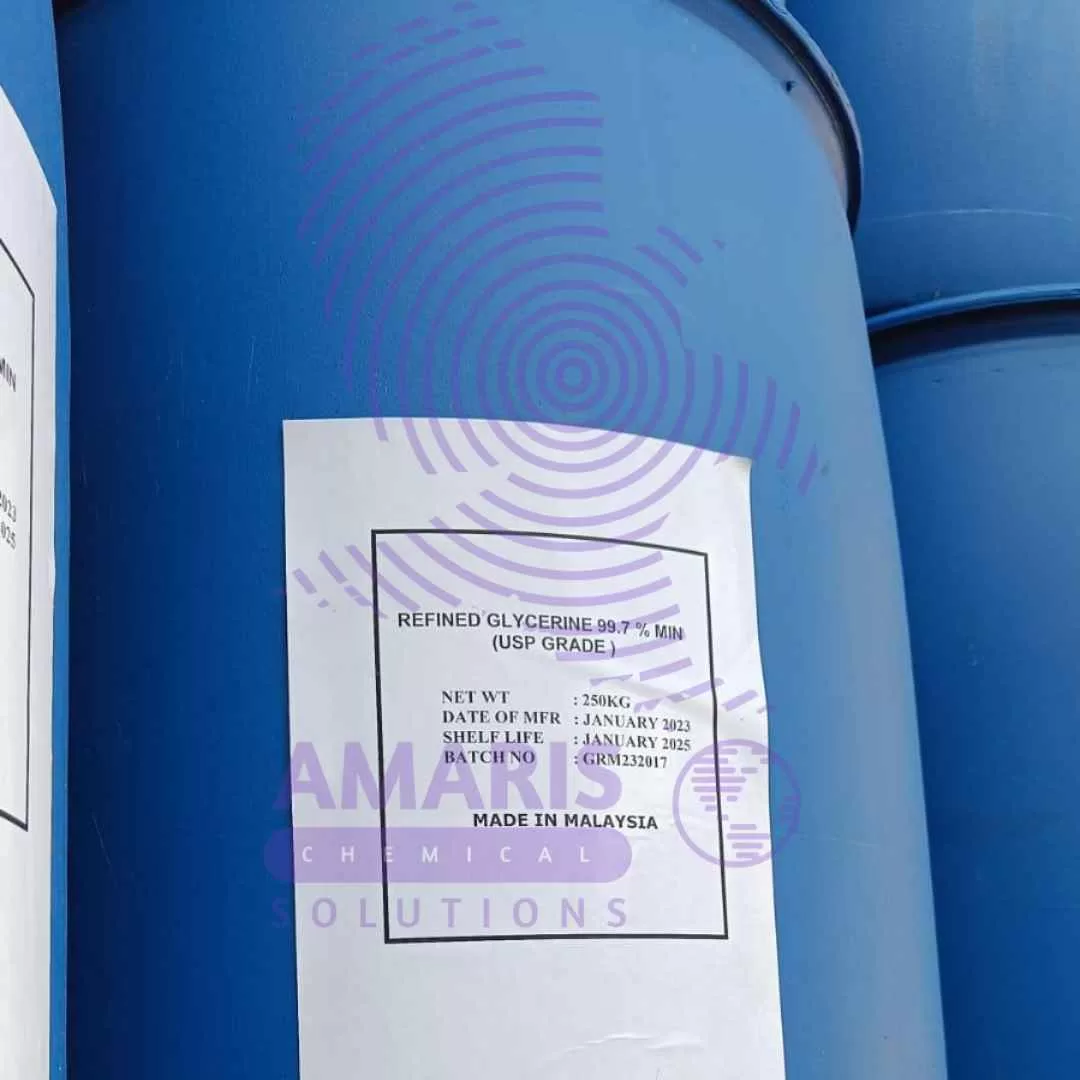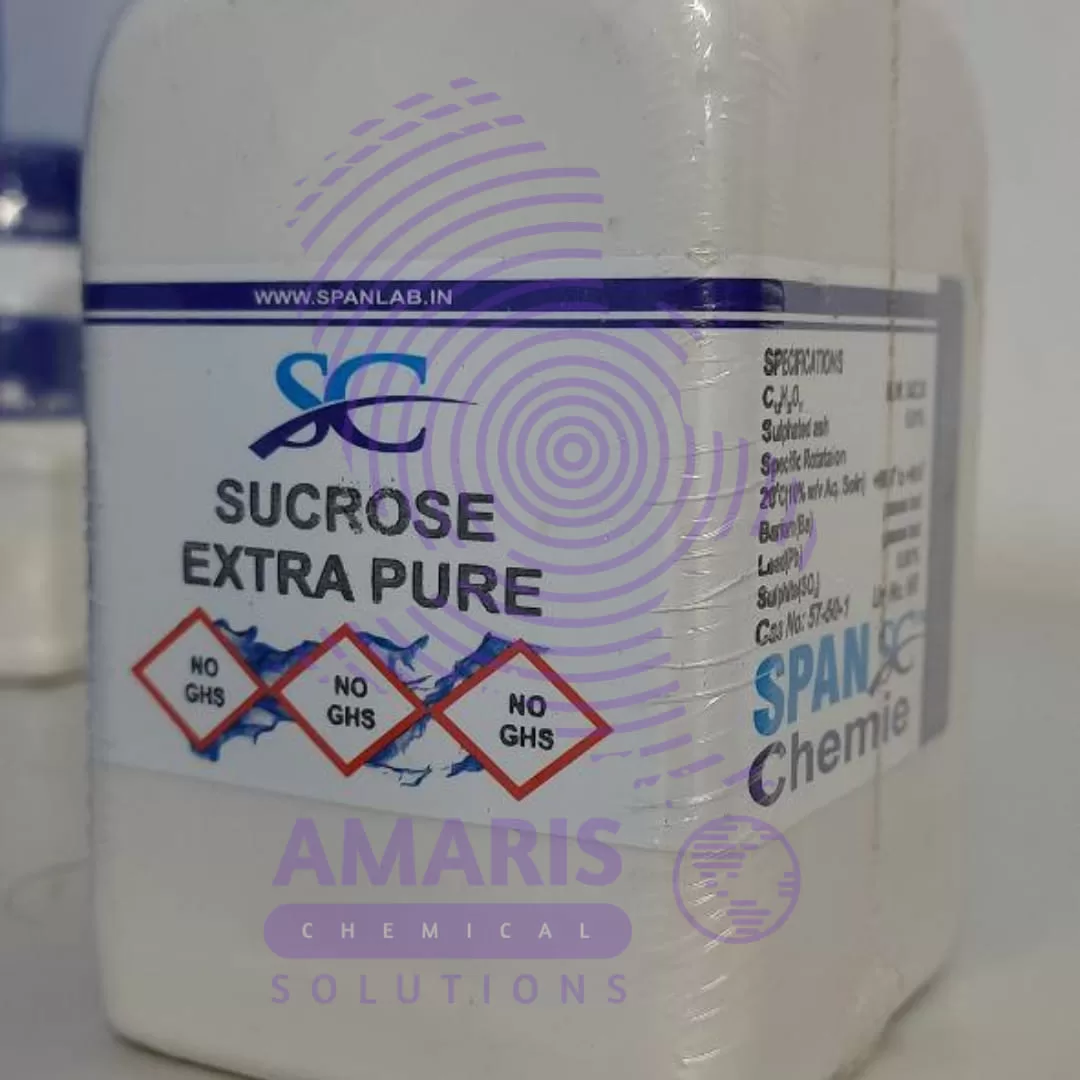“Acesulfame K” has been added to your cart. View cart
Shipping & Delivery


MAECENAS IACULIS
Vestibulum curae torquent diam diam commodo parturient penatibus nunc dui adipiscing convallis bulum parturient suspendisse parturient a.Parturient in parturient scelerisque nibh lectus quam a natoque adipiscing a vestibulum hendrerit et pharetra fames nunc natoque dui.
ADIPISCING CONVALLIS BULUM
- Vestibulum penatibus nunc dui adipiscing convallis bulum parturient suspendisse.
- Abitur parturient praesent lectus quam a natoque adipiscing a vestibulum hendre.
- Diam parturient dictumst parturient scelerisque nibh lectus.
Scelerisque adipiscing bibendum sem vestibulum et in a a a purus lectus faucibus lobortis tincidunt purus lectus nisl class eros.Condimentum a et ullamcorper dictumst mus et tristique elementum nam inceptos hac parturient scelerisque vestibulum amet elit ut volutpat.
Related products
Acesulfame K
Acesulfame potassium (acesulfame K) is a high-intensity, calorie-free artificial sweetener. It is about 200 times sweeter than sugar and is heat-stable, making it suitable for cooking and baking.
Uses:
- Food & Beverages: Commonly used in soft drinks, baked goods, dairy products, and chewing gum.
- Pharmaceuticals: Added to medicines to improve taste.
- Tabletop Sweeteners: Found in sugar substitutes, often blended with other sweeteners like aspartame or sucralose.
Aspartame 25kg
$0.01
Aspartame is a low-calorie artificial sweetener that is widely used as a sugar substitute in various food and beverage products. It is a non-saccharide sweetener, meaning it does not belong to the family of natural sugars like sucrose or fructose. Aspartame is composed of two amino acids, phenylalanine and aspartic acid, linked together with a methyl ester bond.
This sweetener is known for its intense sweetness, being approximately 200 times sweeter than sugar, which allows for its use in very small quantities to achieve the desired level of sweetness in food and drinks. Aspartame has gained popularity as an alternative to sugar due to its minimal impact on caloric intake, making it suitable for individuals aiming to reduce their sugar consumption or manage their weight.
Upon ingestion, aspartame is broken down into its component amino acids and a small amount of methanol, which is further metabolized into formaldehyde and formic acid. However, the quantities produced are well within the range deemed safe by regulatory authorities, and the body's natural metabolic processes handle them efficiently.
Calcium Saccharin
$0.01
Calcium saccharin, also known as calcium cyclamate, is a synthetic sweetener derived from saccharin. It is a calcium salt of saccharin, and it is often used as a sugar substitute in various food and beverage products. Calcium saccharin is several hundred times sweeter than sugar, yet it contains no calories and does not affect blood sugar levels, making it suitable for individuals with diabetes or those looking to reduce their sugar intake. It is commonly used in tabletop sweeteners, diet sodas, baked goods, and other low-calorie or sugar-free products
Glycerin 250kg Drum USP
Glycerin, also known as glycerol, is a colorless, odorless, viscous liquid that is sweet-tasting and non-toxic. It is a type of alcohol with three hydroxyl (OH) groups, and is commonly used in various industries such as pharmaceuticals, cosmetics, food, and personal care products. Glycerin has numerous applications, including as a solvent, humectant, emollient, and lubricant, among others. It can be derived from both plant and animal sources, and is also produced as a byproduct of soap and biodiesel manufacturing.
Sucrose 500g
Analytical Reagents, Biochemicals Reagents, Excipients, Flavor Enhancers, Plant Growth Regulators, Sweeteners
Sucrose is a type of sugar commonly found in many plants, including sugarcane and sugar beets. It's a disaccharide, meaning it's composed of two simpler sugars, glucose and fructose, linked together. Sucrose is often used as a sweetener in food and drinks, and it's what we typically refer to as "table sugar." When we consume sucrose, enzymes in our digestive system break it down into glucose and fructose, which our bodies can then use for energy.











